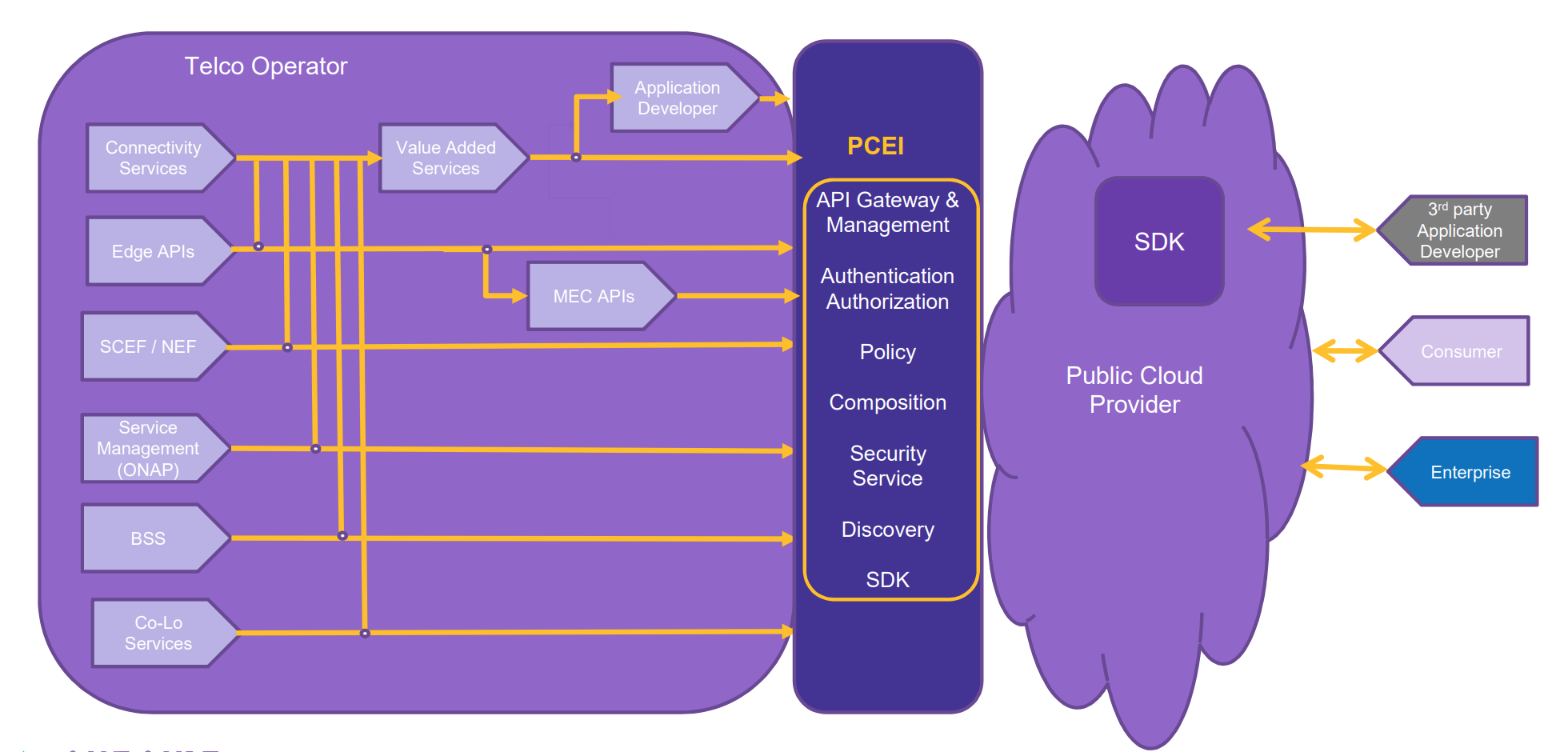//template
<Purpose- it should introduce what the blue print is about, industry, business use case, applications and where it sits on the edge infrastructure>
<It should be readable by a semi technical audience , e.g. product marketing, business account executives etc>
<use case 1>
<use case 2>
<use case 3>
Business Drivers
<This could inform the non-technical audience, but now is more geared towards a more engaged, technical audience>
< Blue print's relation to Akraino generic architecture, how it relates to it >
< This section will use the Akraino architecture document as reference>
<Hardware components should be specified with model numbers, part numbers etc>
<Software components with version/release numbers >
<EDGE Interface>
<ETSI MEC Interaction>
APIs with reference to Architecture and Modules
High Level definition of APIs are stated here, assuming Full definition APIs are in the API documentation
GNU/common license
The purpose of Public Cloud Edge Interface (PCEI) Blueprint family is to specify a set of open APIs for Telco Edge Blueprints to expose towards Public Cloud Service Provider instances at the Edge. As Public Cloud Service Providers deploy Edge instances to better serve their end users and applications, Telco Edge deployments offer many opportunities for collaboration by exposing their network capabilities to provide value added services.
Currently the challengers includes:
This BP family is trying to resolve these challengers for both telco and hyperscalers.
High level architectural view:
Architecture as following. This BP will bring a new "Enabler" layer as PCEI between the Telco network and public cloud platform on edge. The PCEI layer is responsible for :
In southbound, this layer will encapsulate the core network capabilities, interwork with BSS/OSS/management system from telco operators. We first suggest to deploy this layer on telco's edge hardware resource.
And in northbound, it provides RESTFUL APIs and SDKs to be called and integrated by public clouds.

provide an end to end deployment with this enable layer between telco and public cloud.
xxx